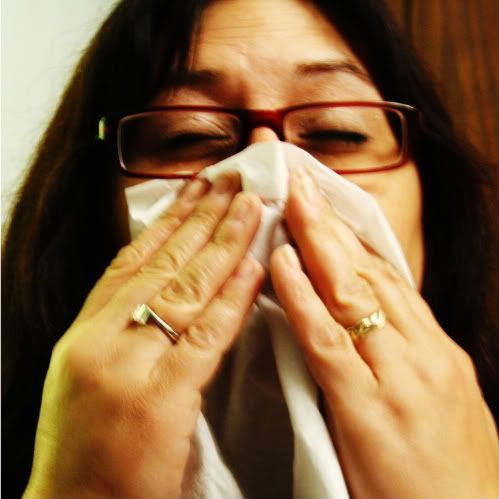Okay, so this week I am doing something different–asking for your input and opinions.
Yes, I will be posting all comments next week so you can get a gander then.
Today I want to know more about where you get your pet supplies.
There is a method to my madness–I promise.
This poll will close in a week so be sure to chime in now!


